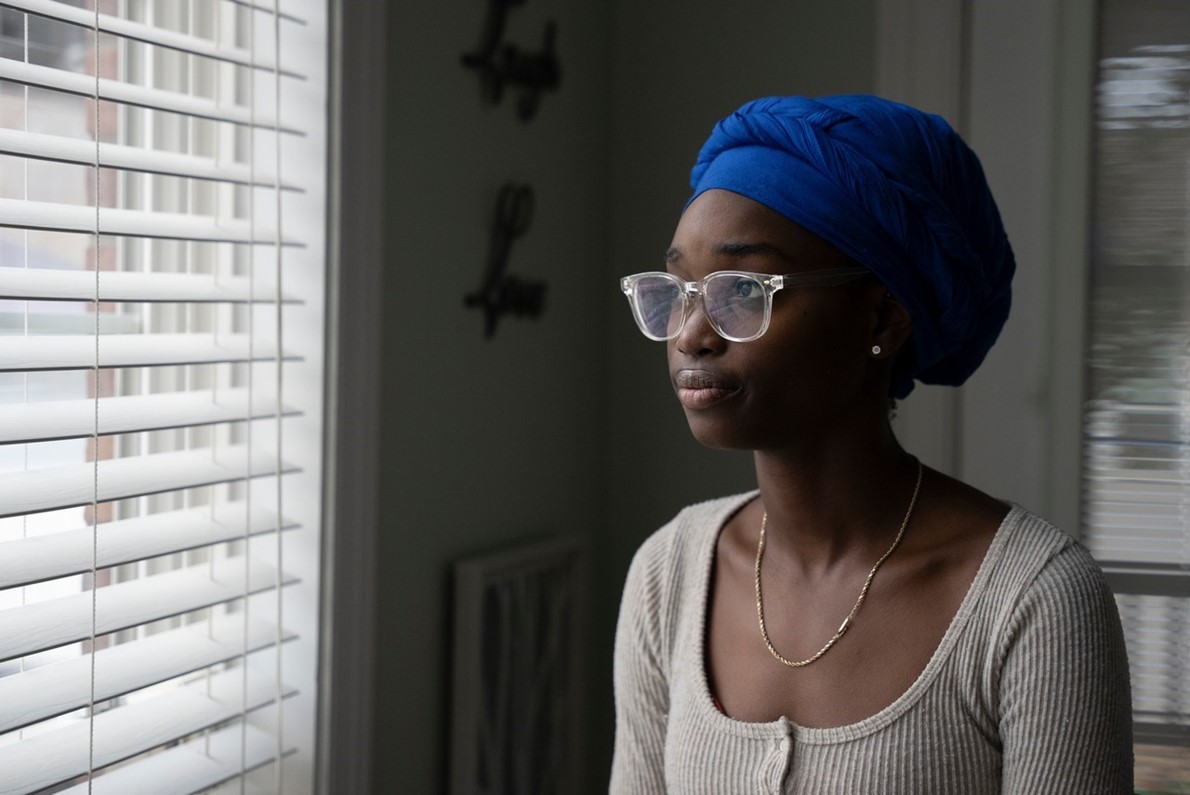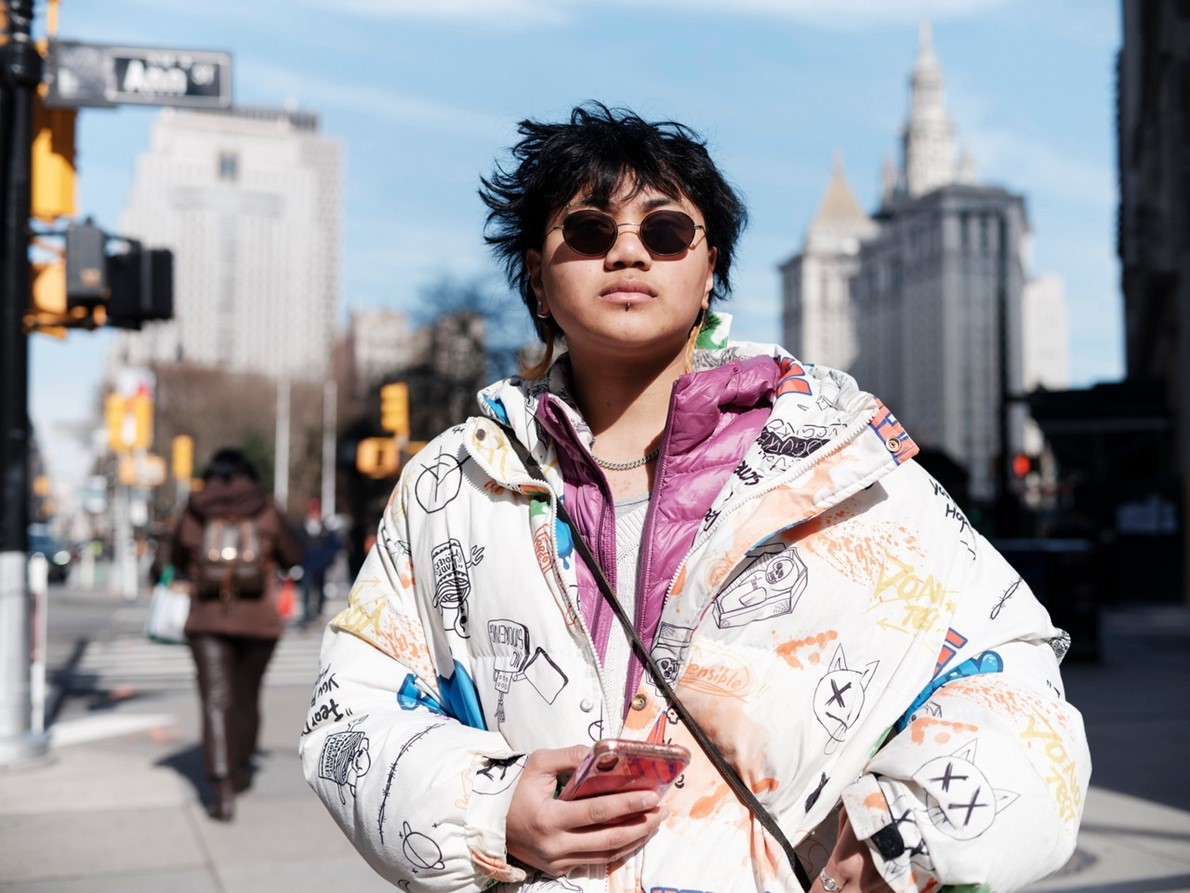More than a decade ago, Qu’ana
Underwood, then a middle school student in Philadelphia, joined Facebook. But
as other social media platforms appeared, Facebook “became an afterthought”,
she said.
اضافة اعلان
Then last March, after Underwood posted
photos of herself at a university formal on Instagram, she was suddenly flooded
with Facebook notifications from relatives and friends she does not normally
keep in touch with. Her Instagram post had also appeared on her Facebook
profile, prompting her Facebook friends to like and comment on it.
Underwood said she was mystified by what was
happening, especially when every post or story she shared on Instagram ended up
on Facebook — even though she could not remember the last time she had posted
there.
Last year, Meta introduced a prompt that popped up on Instagram when people posted a photo or story. The prompt asked Instagram users if they wanted to share their post to Facebook, too.
“What is going on?” Underwood, a
22-year-old behavioral health specialist in Nashville, Tennessee, said she had
asked herself.
Like Underwood, other teenagers and young
adults have discovered in recent months that they have been unusually active on
Facebook — even though they had not opened the app. Some were shocked, they
said, because they had not used Facebook for years and were hearing from
Facebook friends they had forgotten about, with no idea how to stop their
Instagram posts from winding up on the older social network.
Why are posts doubled across the apps?The surge in Facebook activity is rooted in
a new feature from Meta, which owns Facebook and Instagram. Last year, Meta
introduced a prompt that popped up on Instagram when people posted a photo or
story. The prompt asked Instagram users if they wanted to share their post to
Facebook, too.
 Qu'ana Underwood, who was flooded with Facebook
notifications after posting a photo to her Instagram account, in Philadelphia
on February 24, 2023.
Qu'ana Underwood, who was flooded with Facebook
notifications after posting a photo to her Instagram account, in Philadelphia
on February 24, 2023.
To make the prompt go away, users had to
click a big blue button to agree to share their Instagram posts on Facebook, or
a smaller hyperlink to opt out. Many people, including Underwood, clicked the
more visible blue button — and then immediately forgot about it, according to
interviews with more than a dozen Gen Z and millennial Instagram users.
Reversing the setting requires clicking through multiple Instagram menus.
“It feels so sneaky,” said Ashley
LaBossiere, 28, a digital media manager in Canton, Georgia, who has had trouble
turning off the setting. “Is Facebook suffering so badly?”
Appealing to a younger crowdMeta has long been concerned about losing
teenagers and young adults to rivals like TikTok and Snapchat, especially since
that audience is highly coveted by advertisers. Facebook, which Mark Zuckerberg
created in 2004 while at Harvard University, was aimed at college students in
its early years but has struggled in recent years with an aging user base.
Last year, 17 percent of Facebook users
were 18 to 24 years old, compared with 44 percent who were older than 45,
according to Data.ai, an analytics company. In contrast, 28 percent of
Instagram users were 18 to 24 and 33 percent were older than 45, while 39
percent of Snapchat users and 30 percent of TikTok users were 18 to 24.
To appeal to younger users, Instagram and
Facebook have in recent years introduced features like Stories, which emulates
a Snapchat feature by letting people post photos and videos that disappear
after 24 hours. They also rolled out Reels, a TikTok-like feature that lets
people create short videos.
‘Nudging people to share’Last year, Instagram engineers were told
that Meta wanted more people to post from Instagram to Facebook, said three
people involved with the project, who were not authorized to speak publicly.
That led to the new prompt, which was designed so most users would give
Instagram permission to permanently share their posts with Facebook, they said.
The prompt was placed where thumbs typically fall on a screen, one of the
people said.
Meta declined to comment on what had led to
the prompt and its design. But the company said not all Instagram users
received the prompt and acknowledged that some had to decline multiple times
before Instagram stopped asking. Meta also said a software bug last year caused
some users to see the prompt every time they posted on Instagram.
 Loren Cantor, a student and musician in Montreal who
said his Instagram posts that show up on Facebook have helped him keep in touch
with his grandmother and aunt. (Photos: NYTimes)
Loren Cantor, a student and musician in Montreal who
said his Instagram posts that show up on Facebook have helped him keep in touch
with his grandmother and aunt. (Photos: NYTimes)
“We know that people enjoy cross-posting
content to easily share with their friends and followers across our apps,” a
spokesperson for Meta, which also owns WhatsApp and Messenger, said in a
statement.
Tech companies have long encouraged users
to stay on their services by tweaking their products, said Tony Hu, who teaches
product design at the Massachusetts Institute of Technology. One example are
the pop-up windows that people click once to accept all internet cookies, which
collect their data and track them online, he said. Another is how Amazon made
it easy to buy items with just one click, he said.
Last year, 17 percent of Facebook users were 18 to 24 years old, compared with 44 percent who were older than 45
Referring to Meta’s prompt, Hu said, “Maybe
they are just nudging people to share because that drives their viewership, ad
revenue.”
‘Undo share’For some teenagers and young adults,
unintentionally posting on Facebook from Instagram has resulted in mild embarrassment
and mad dashes to undo the sharing.
In January, said LaBossiere, the digital
media manager, she rushed to delete a post about narcissistic mothers that she
had shared on Instagram and had ended up on her Facebook profile, because she
did not want her mother’s friends to see it.
LaBossiere considers herself tech savvy but
has lost count of the times she has declined to share from Instagram to
Facebook, only to accidentally do so again, she said.
Read more Technology
Jordan News



